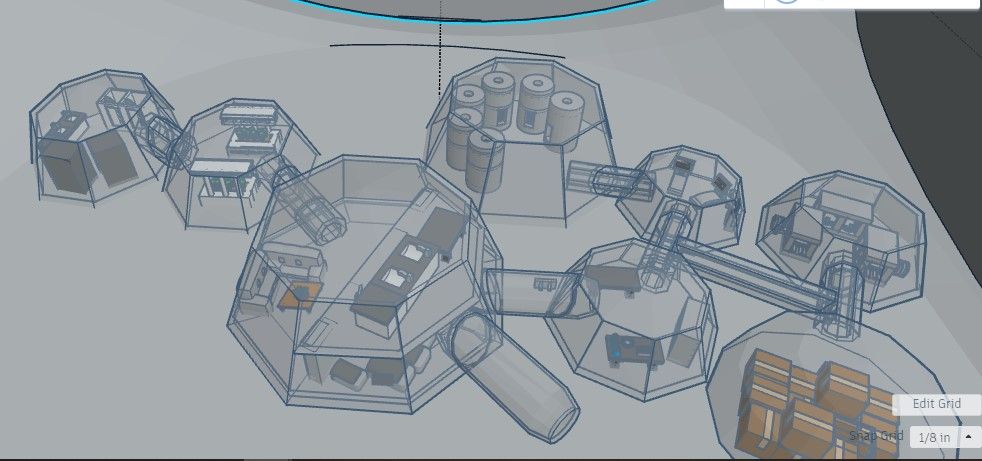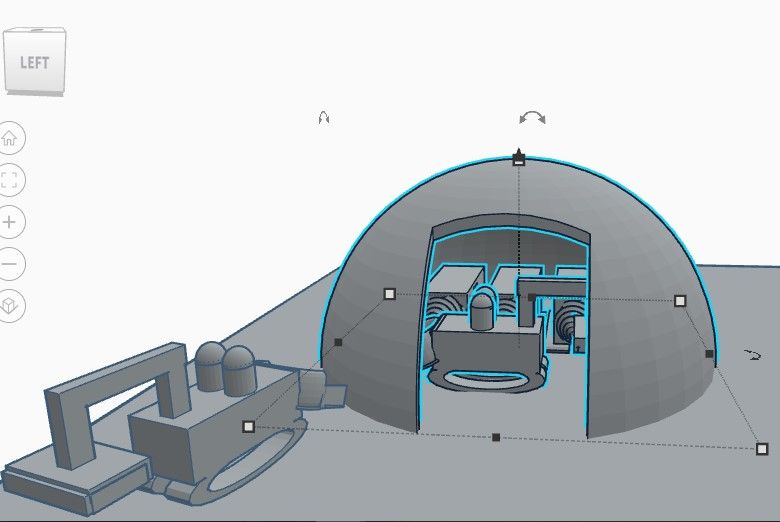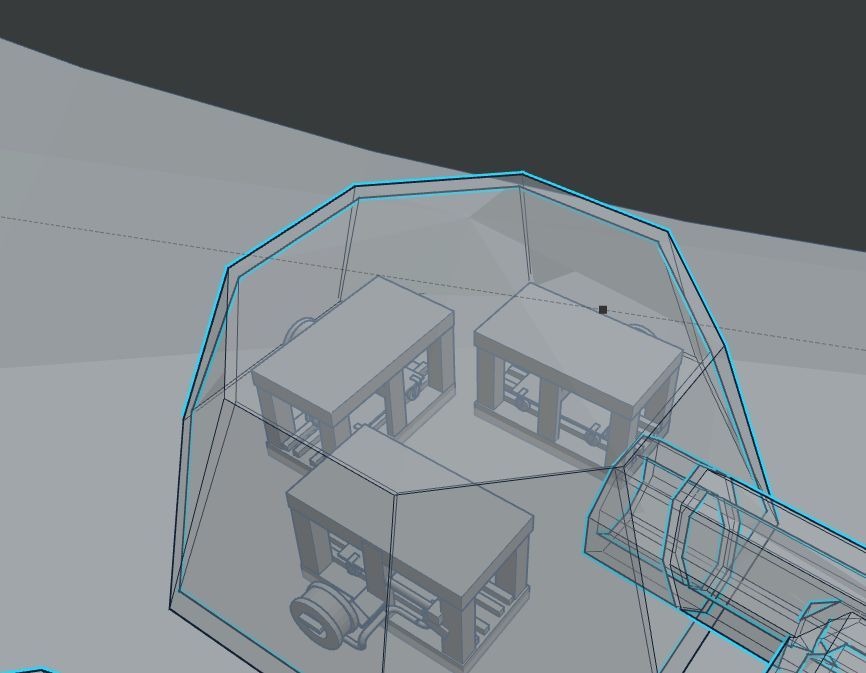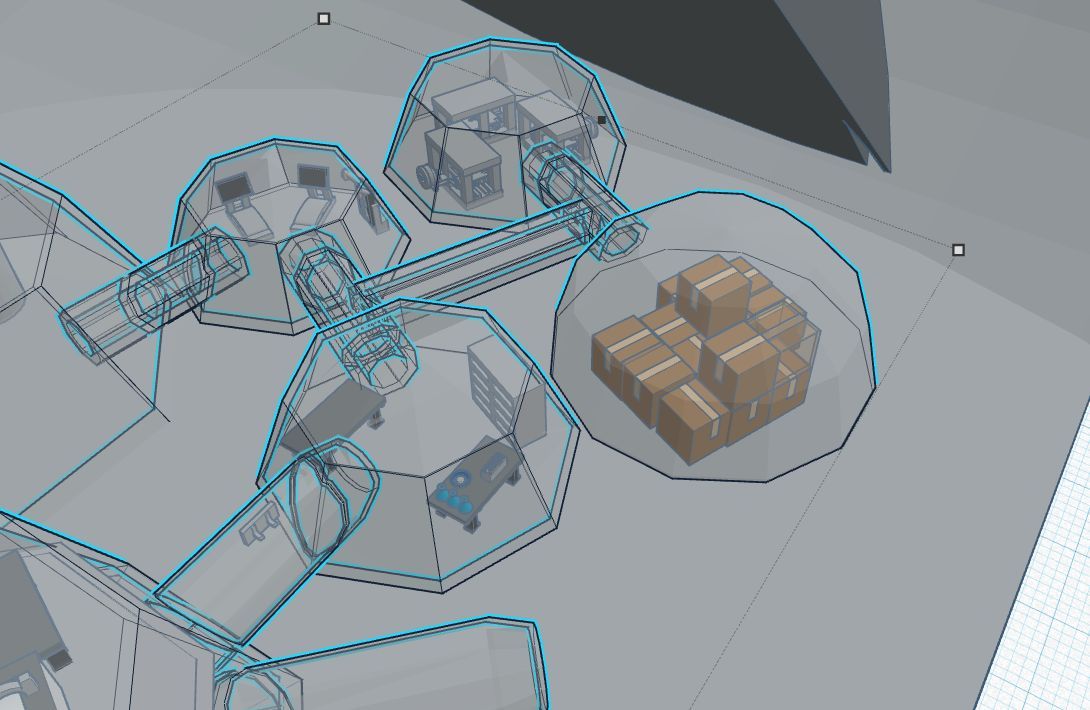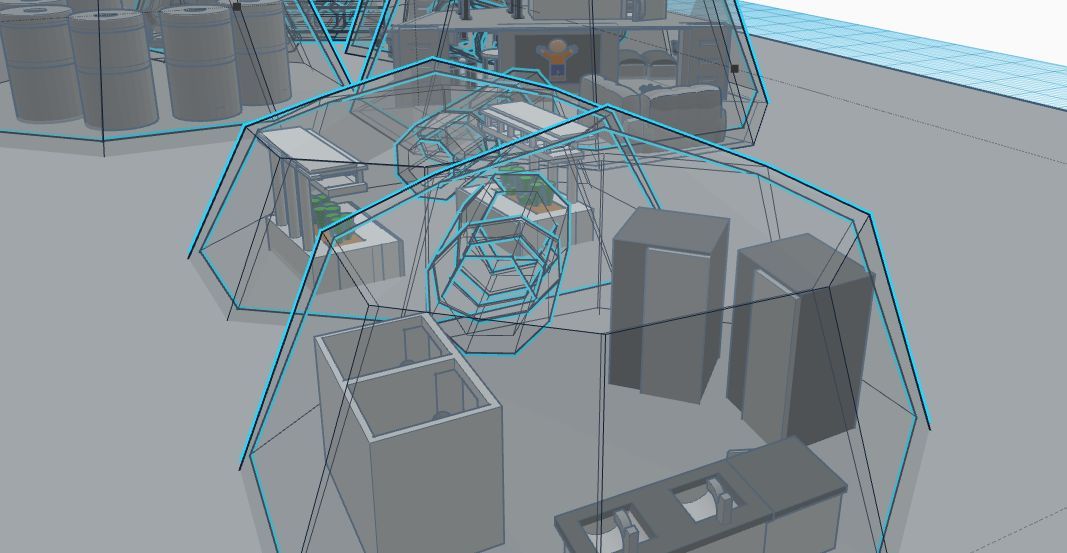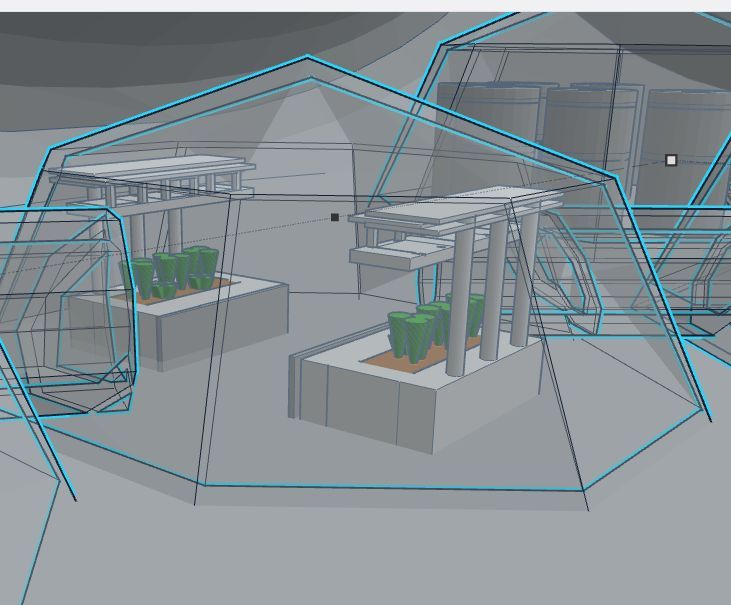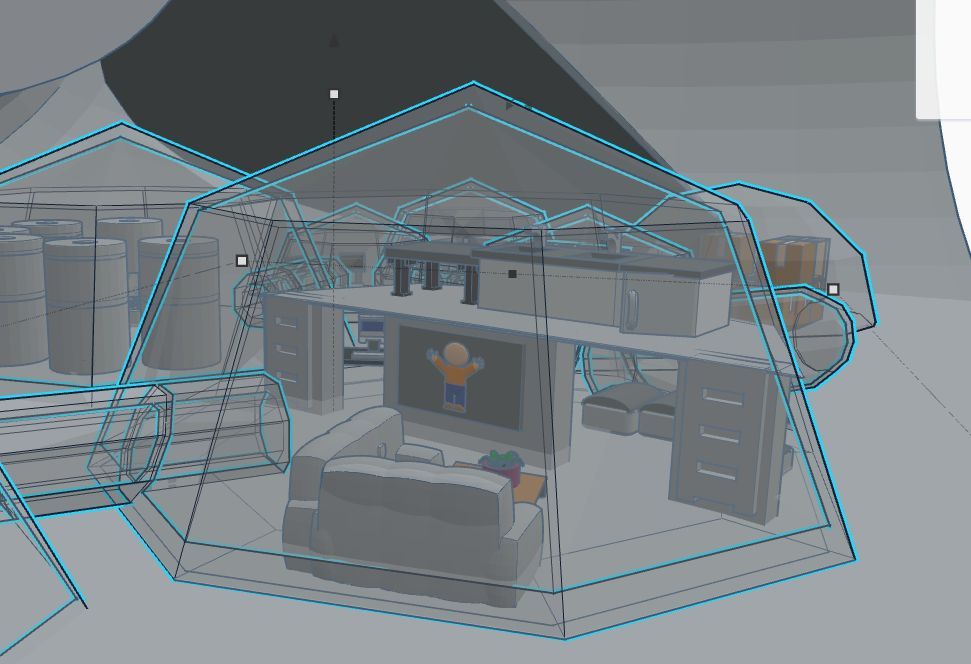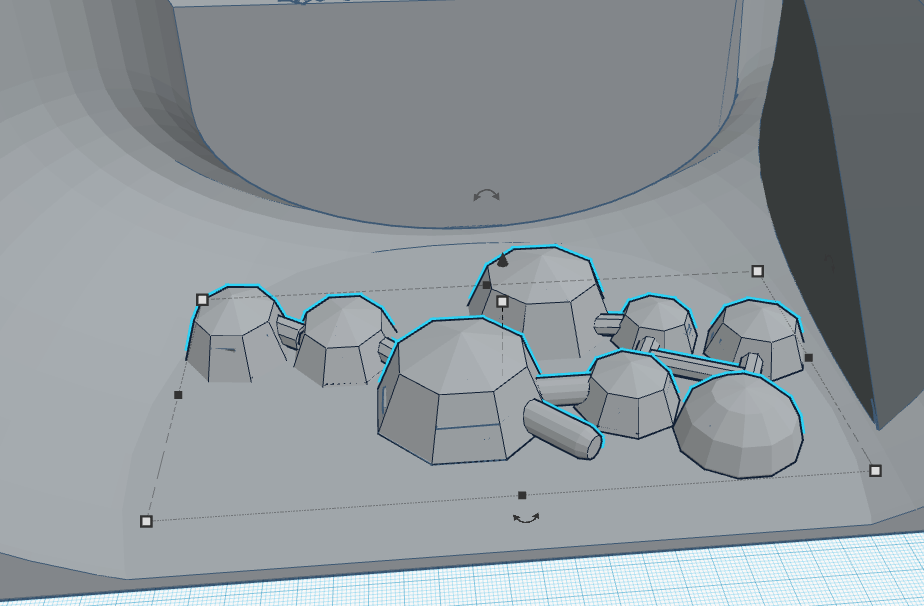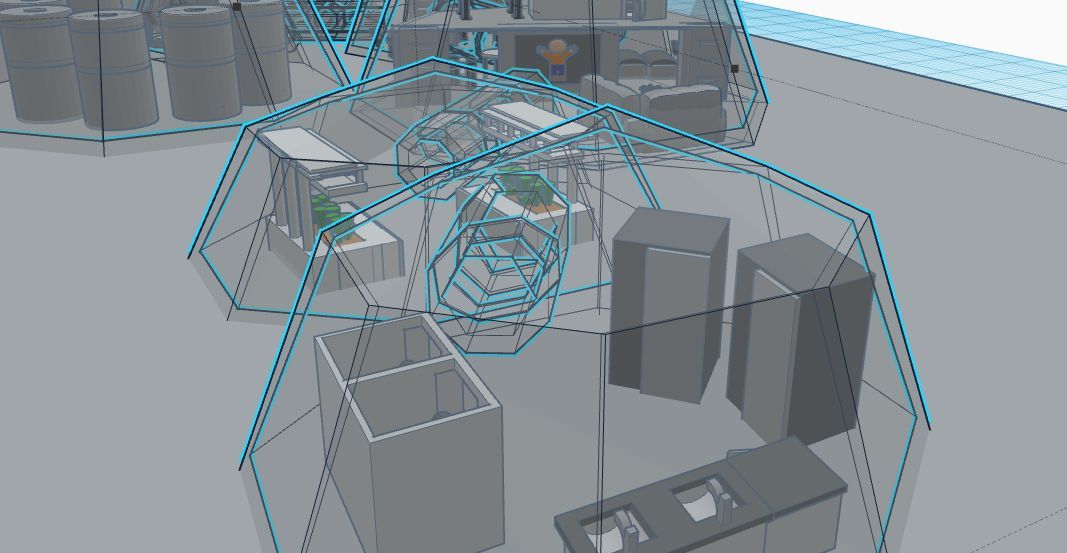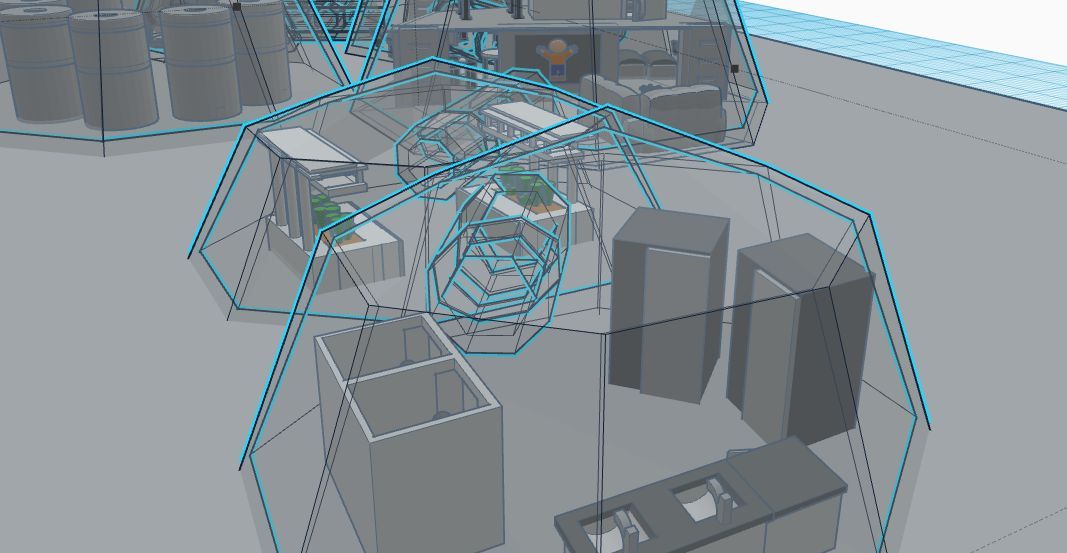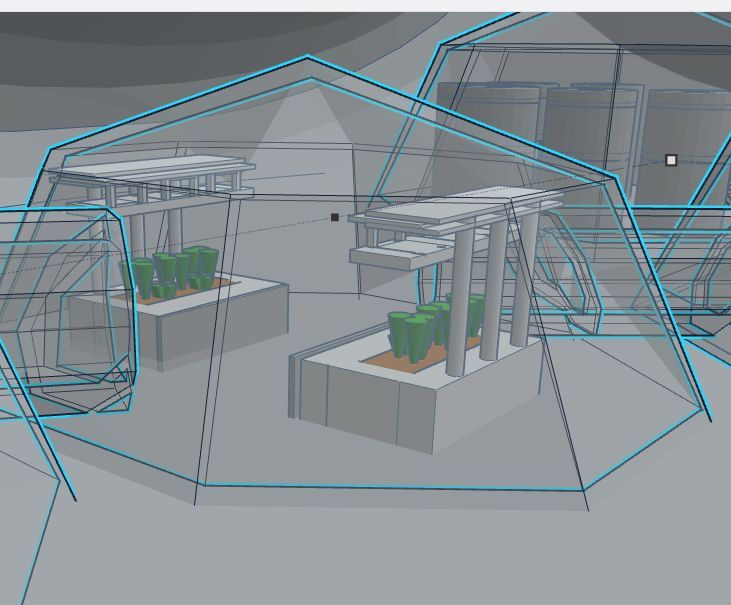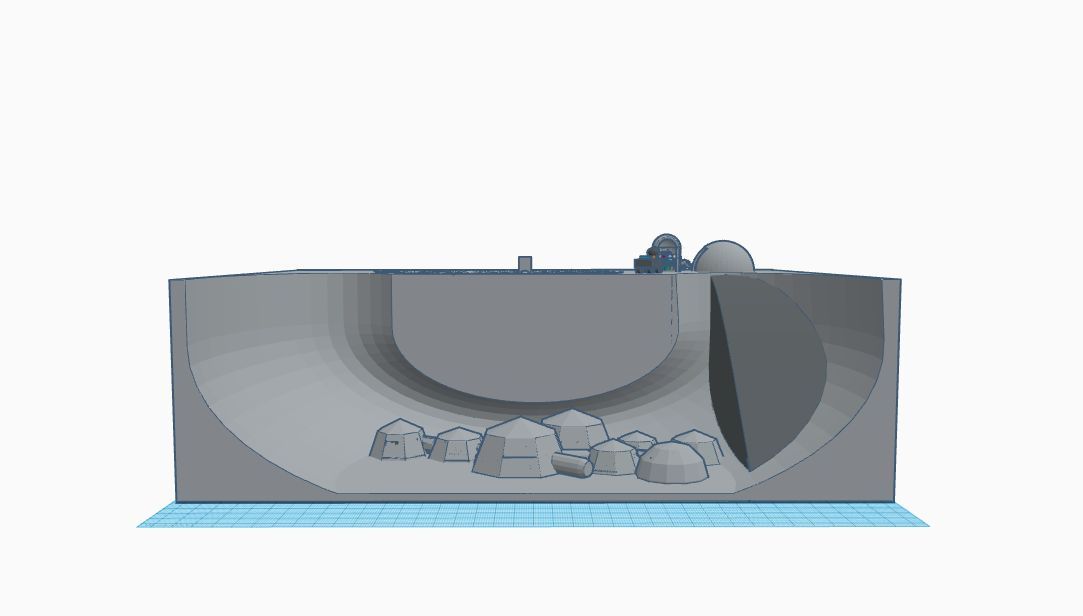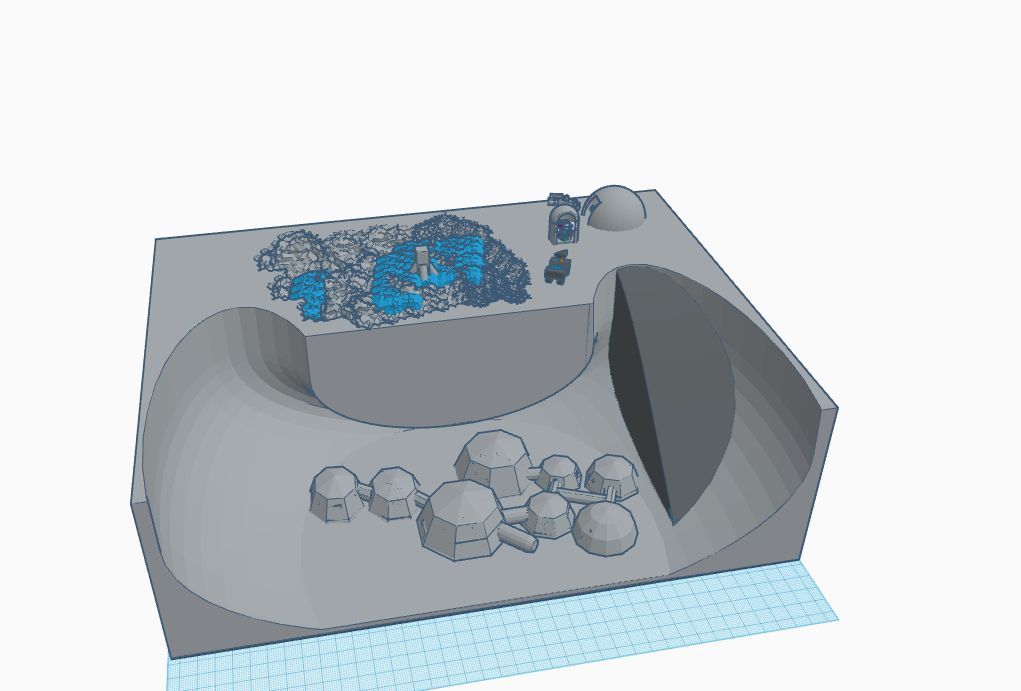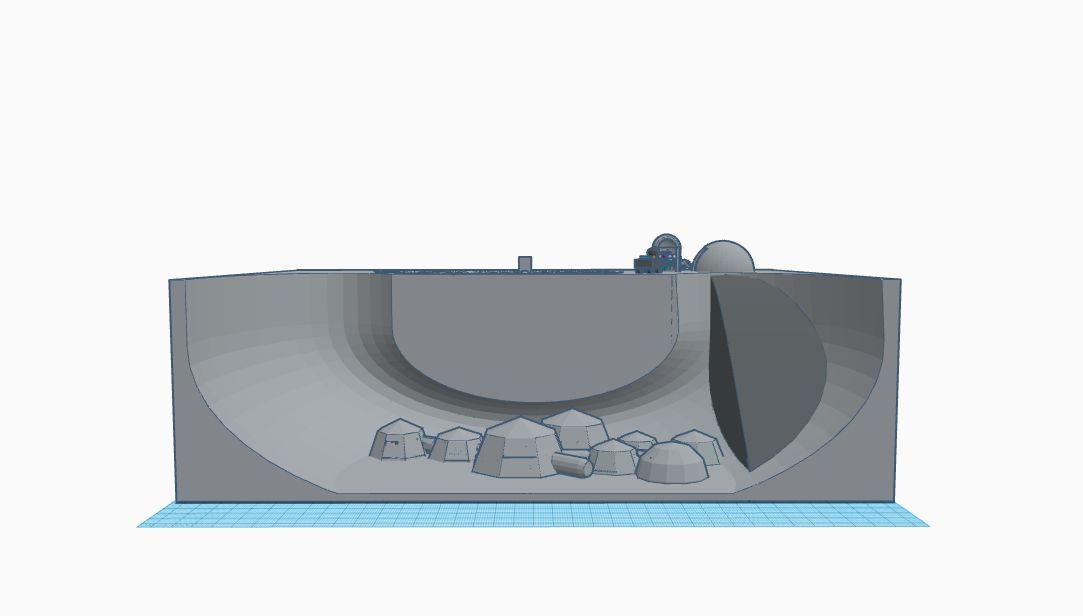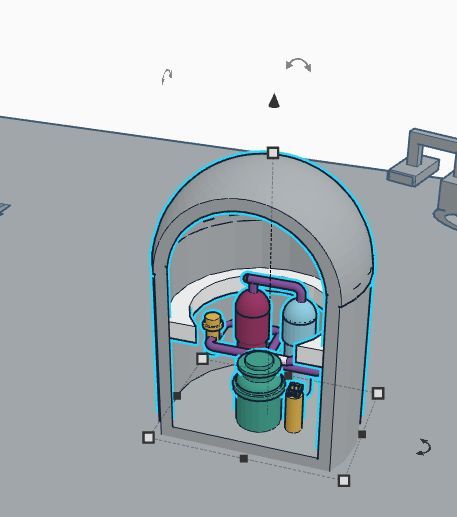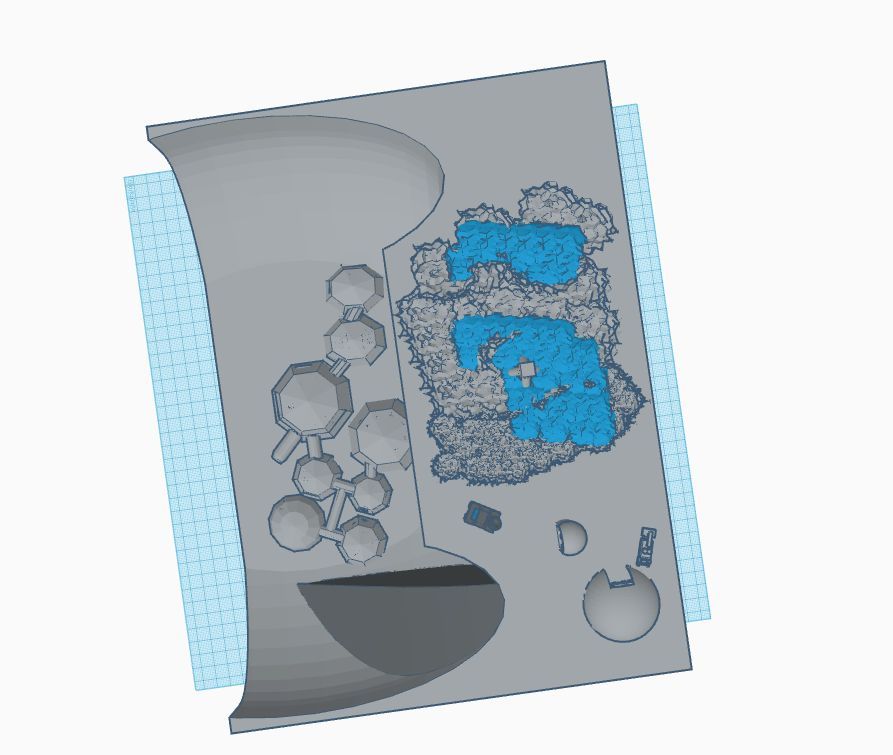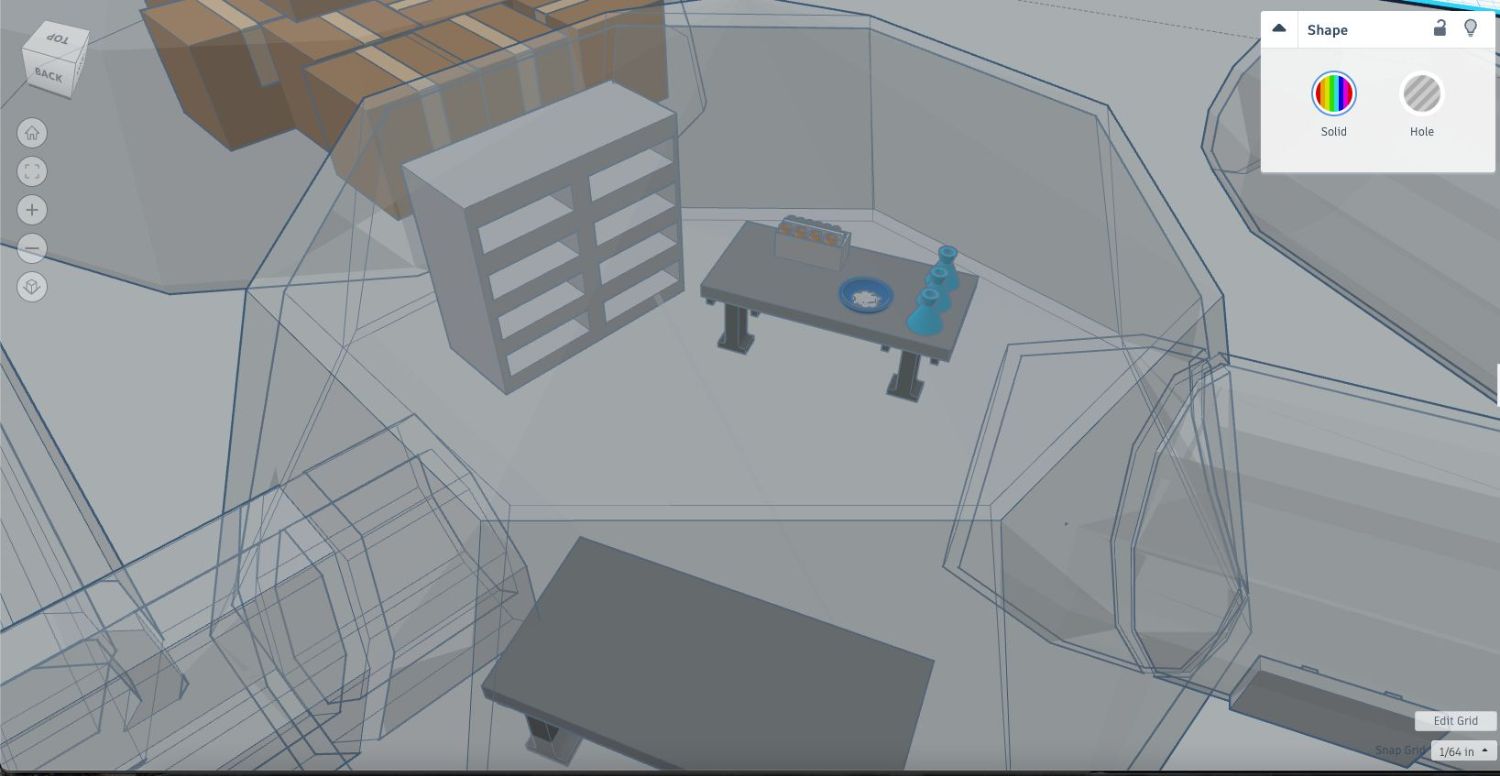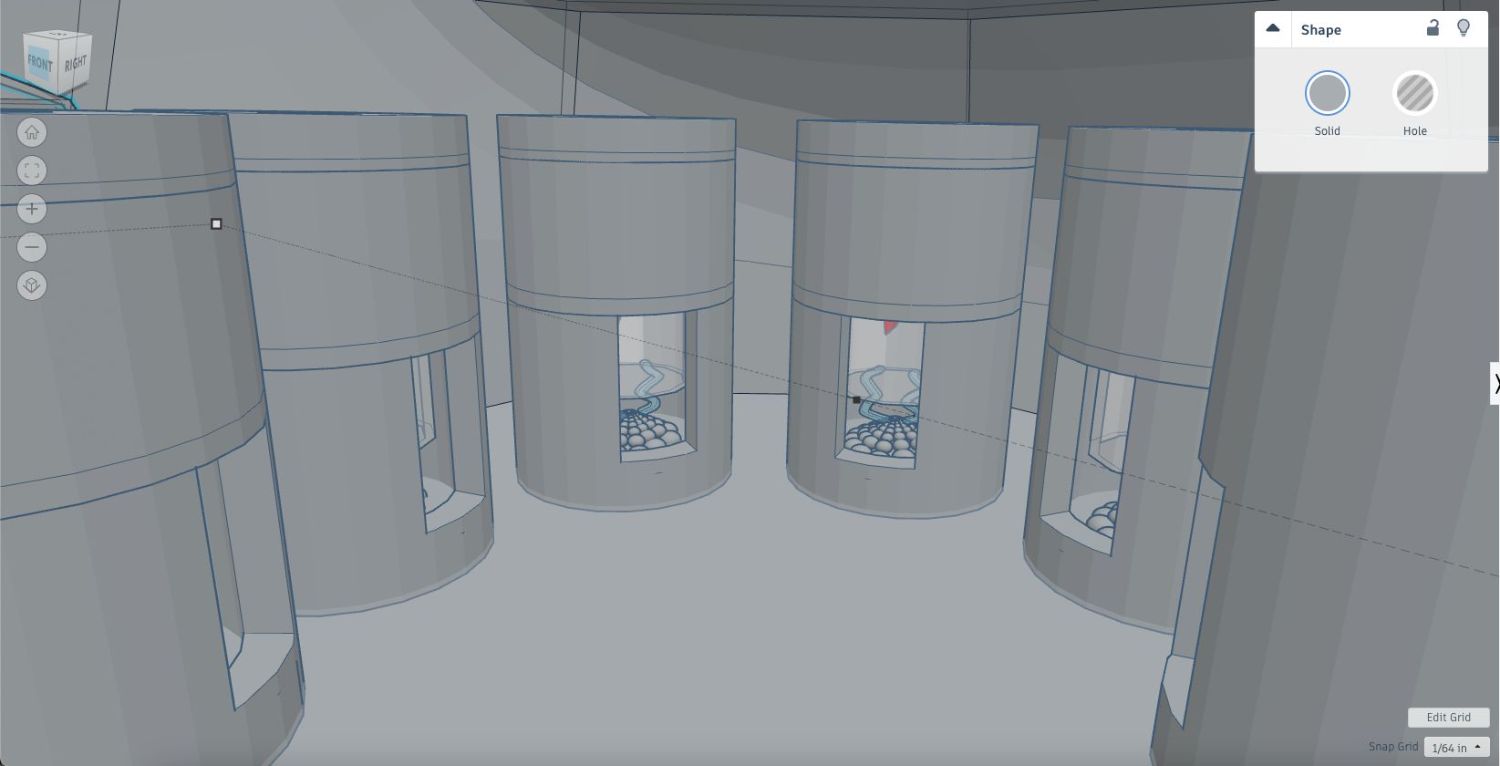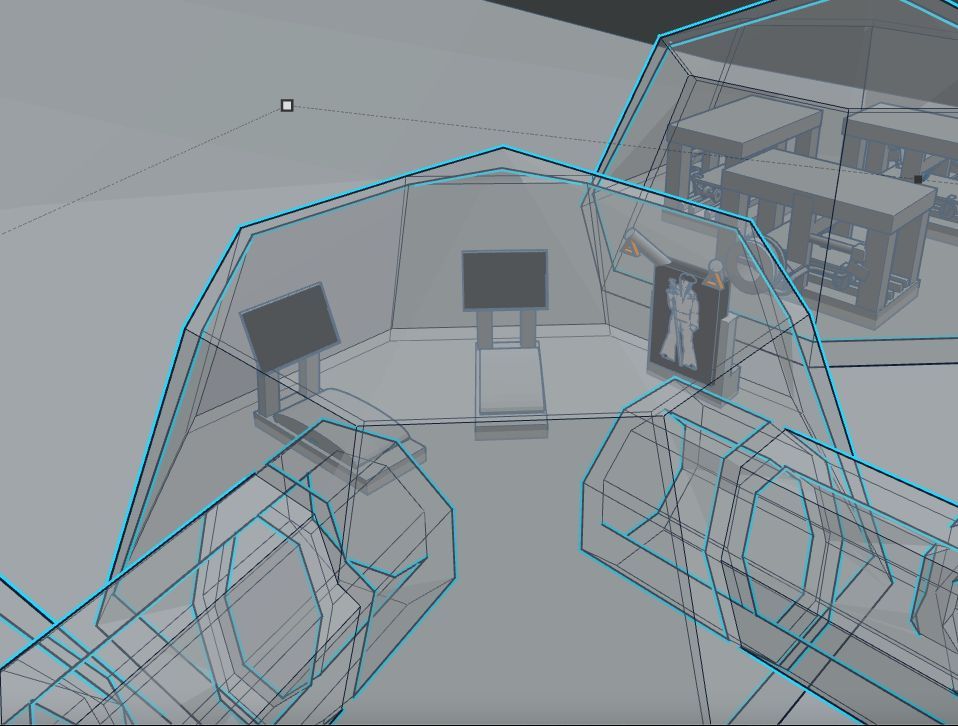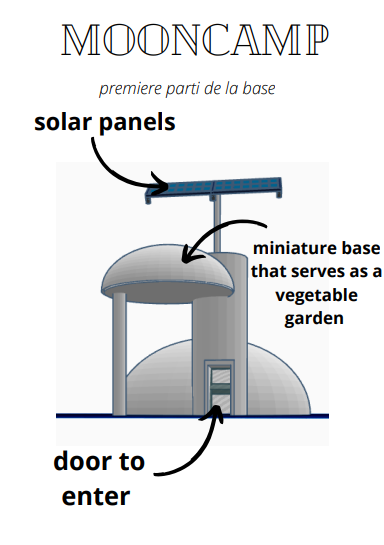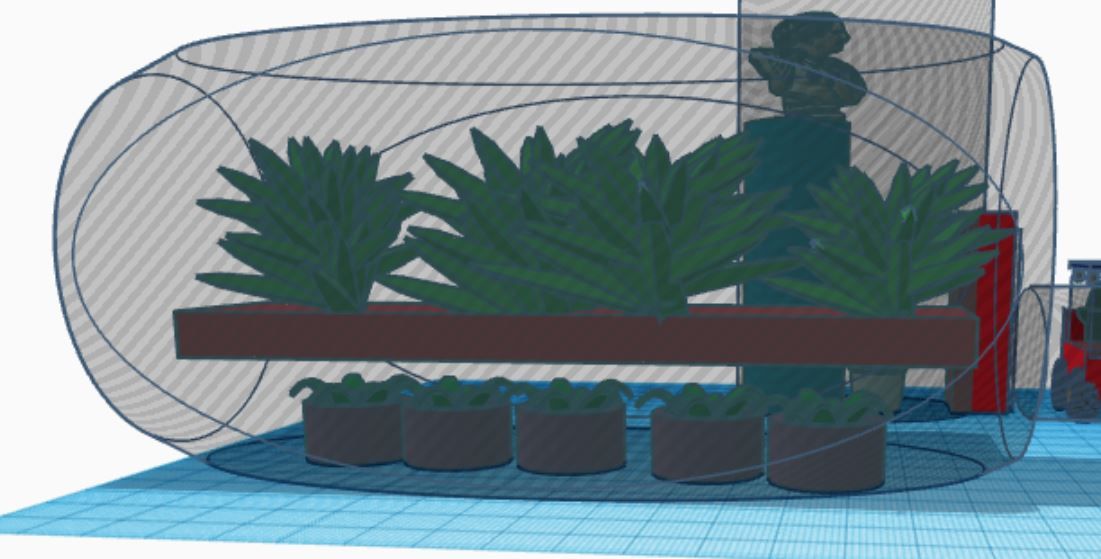Moon Camp Explorers Gallery 2021-2022
In Moon Camp Explorers each team’s mission is to 3D design a complete Moon Camp using Tinkercad. They also have to explain how they will use local resources, protect astronauts from the dangerous of space and describe the living and working facilities.
Team: Ernest Expedition Moon Camp (EEMC)
Outschool San Antonio United States 12, 10 2 / 0
External link for 3d
|
Project description
We named our Moon Camp “The Ernest Expedition Moon Camp” (EEMC) because the Shackleton Crater was named after Ernest Shakelton so we thought the Ernest Expedition was fitting. We planned our Moon Camp around the fact that we have to get the items to the Moon. During our planning, we focused on transporting, building, and maintaining the camp with 4 astronauts. We wanted to be innovative, yet practical and economical. |
||||
|
Where do you want to build your Moon Camp?
Lunar lava tubes Why did you choose this location?
We chose the lava tubes near the Shackleton crater. At this crater near the lunar pole, there are necessary resources for living such as sunlight, darkness, plenty of moon dust, and potential for water. We found the Shackleton crater is known to be rich with lunar water-ice in the walls and ground that can potentially be mined for clean water. Because of this, this area is the most efficient and least expensive area on the Moon for camp. How do you plan to build your Mooncamp? Which materials will you use?
We will use nine inflatable dome-shaped tents, 8 will stand inside the lunar lava tube. The lava tube will serve as an extra layer of protection from the outside elements for the astronauts. These tents are connected by inflatable tubes for easy access. They will be vacuum sealed for transport and can also be broken down and used for overnight exploration trips.
As part of our research, we will engineer lunar bricks from moon dust that will create structured buildings. We plan on using the inflatable tents to live in while we continue to research and build these permanent structures. |
||||
|
Water
|
Food
|
Electricity
|
Air
|
Protection
|
|
Water in the form of ice has been discovered at the Shackleton crater in its walls and ground. We will use the lunar water-ice from the crater to create an efficient water production machine. Our water filtration system will first remove particles and debris, then it will pass through additional filters to produce clean water. We should also have regular water delivery to supplement our intake in order to provide multiple sources of water. |
Research supports that arugula, tomato, radish, rye, potatoes, quinoa, chives, peas, and leeks can all be grown in lunar soil. We will use two hydroponic grow systems to produce a small amount of crops for the astronauts to eat. Our grow systems will be low-power and should keep the plants stable in the controlled hydroponic tent. Within each hydroponic system we will utilize 5% of the grow space to experiment with different crops. In addition to fresh food, we will also bring airtight food packs to supplement our meals. |
Through our research, we decided to use a mini nuclear reactor. One mini nuclear reactor has enough power to keep a city like Manhattan going. We will 3D print the parts for the reactor and build it on the surface of the moon while at camp. In the tinkerCAD project, we cut the plant in half so you could see inside. In reality, the plant will be cylinder-shaped with the parts protected inside. The outer shell provides an extra layer of protection for the reactor. |
There is plenty of oxygen on the Moon, though not in the form of a gas. We plan to extract oxygen from the lunar regolith (smashed lunar rock) with an extraction machine that has been developed on Earth. We also feel that our ability to grow plants will help supplement the available oxygen |
The lava tubes provide a variety of excellent protection for the camp. We feel by getting off the surface, we are better protected from radiation, space debris, and changing temperatures. Our inflatable tents also provide a second layer of protection from the outside elements. Eventually, the ability to produce lunar bricks would also add stable, more permanent structures to the camp with the ability to expand the camp on the surface of the moon. |
|
Describe a day on the Moon for one of your Moon Camp astronauts
Our 4 explorers will work in teams of two – Team 1 and Team 2. They will work 12 ½ hour shifts so that we always have a team member on watch and we can overlap shifts for a 15-minute team meeting. The team meeting will happen at the swapping of shifts. The team responsibilities will swap every two earth weeks. As a member of Team 1 I will wake to eat breakfast, exercise, and shower. Then I’ll make my way to the hydroponic tent to maintain the plant life and document observations there as needed. The next part of my day will be suiting up for spacewalks where my teammate and I will collect materials for Team 2 as needed. Depending on our current needs we can also take this time to mine for water-ice. When I return, we will properly pack materials for research, video record our observations on the log then make food for our crew meal and team meeting.
|
||||


